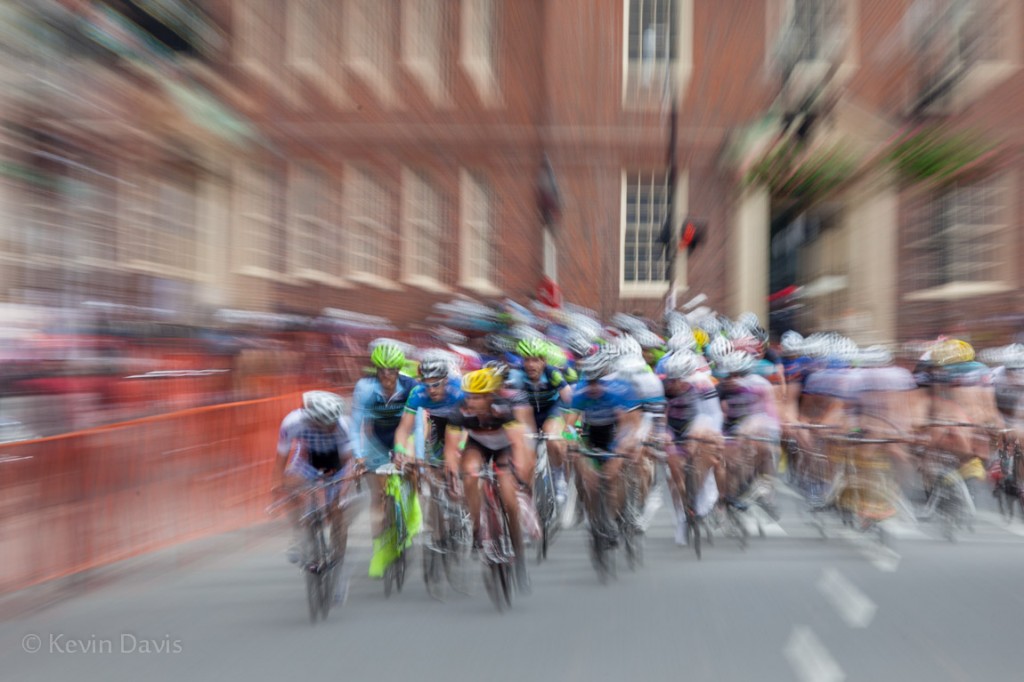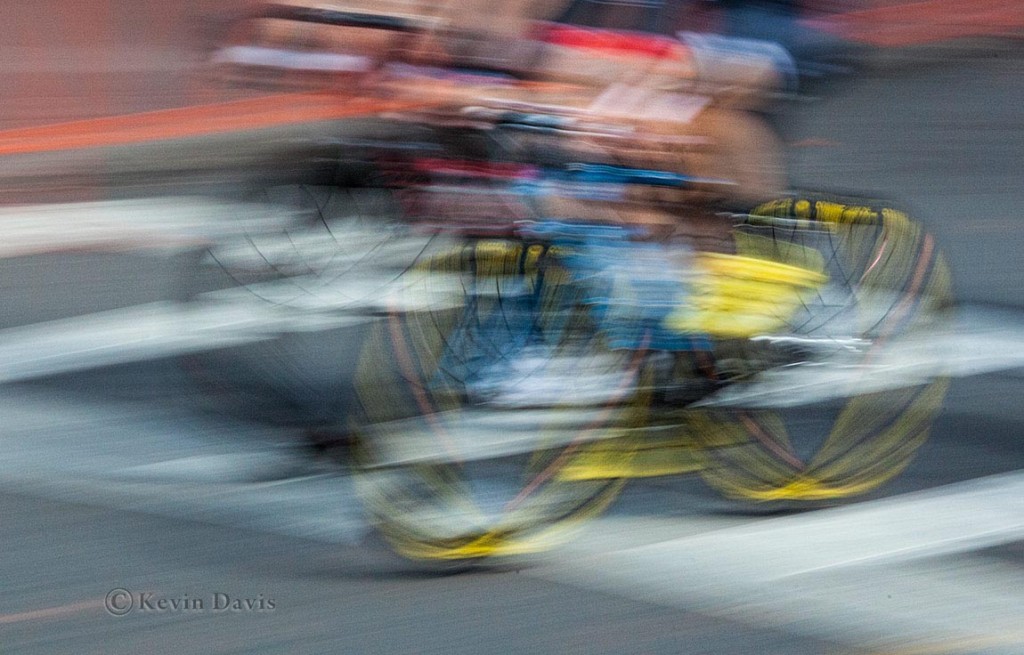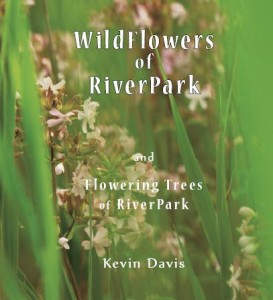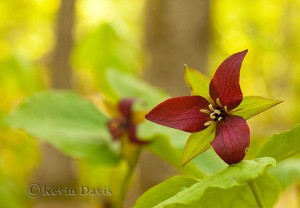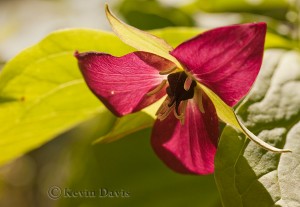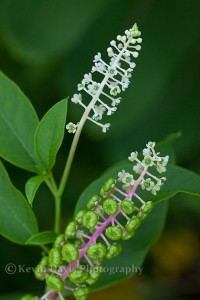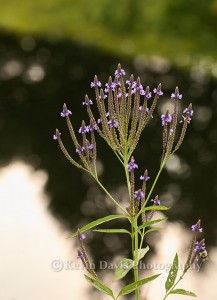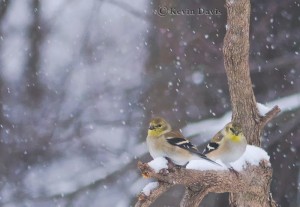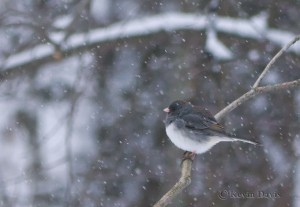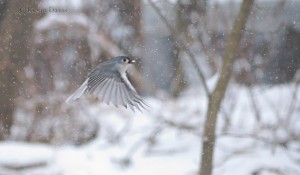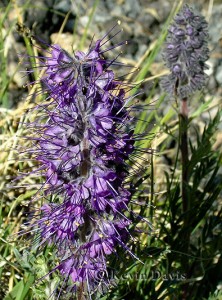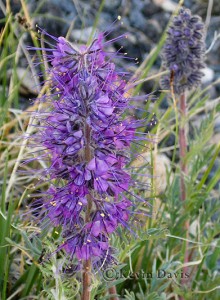Boston is buzzing with the bright colors of flowers and flowering trees. Hands down my favorite time of year in Beantown.
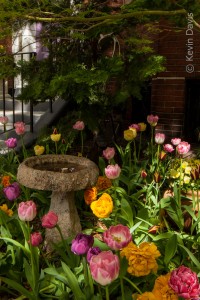
The crown jewel is probably Boston Public Gardens, but there is much more. The Esplanade along the Charles River is bursting with flowering trees … and B.U. students out enjoying the sunshine.
In the narrow streets of Beacon Hill, you can find some surprising small displays. For photography, be aware that the light changes dramatically in these tight spaces sheltered by tall brownstones.
A long winding stretch of busy roadway known as The Riverway skirts along the edge of the Emerald Necklace. At the northern end, close to Kenmore Square, are the Kelleher Rose Garding and Fenway Victory Gardens. (Though, there’s not much to see right now at the Rose Garden; too early for roses.) Heading south into Jamaica Plain, an hour or two at the Arnold Arboretum is always nice.
My friend Charlie drives a taxi in the city of Boston; he doesn’t much care for the busy heart of the city. But as I occaisionally make time to walk the streets, I am frequently surprised by gems of natures splendor, whether planted by the city or by residents tending what small patch of ground is available to them.
